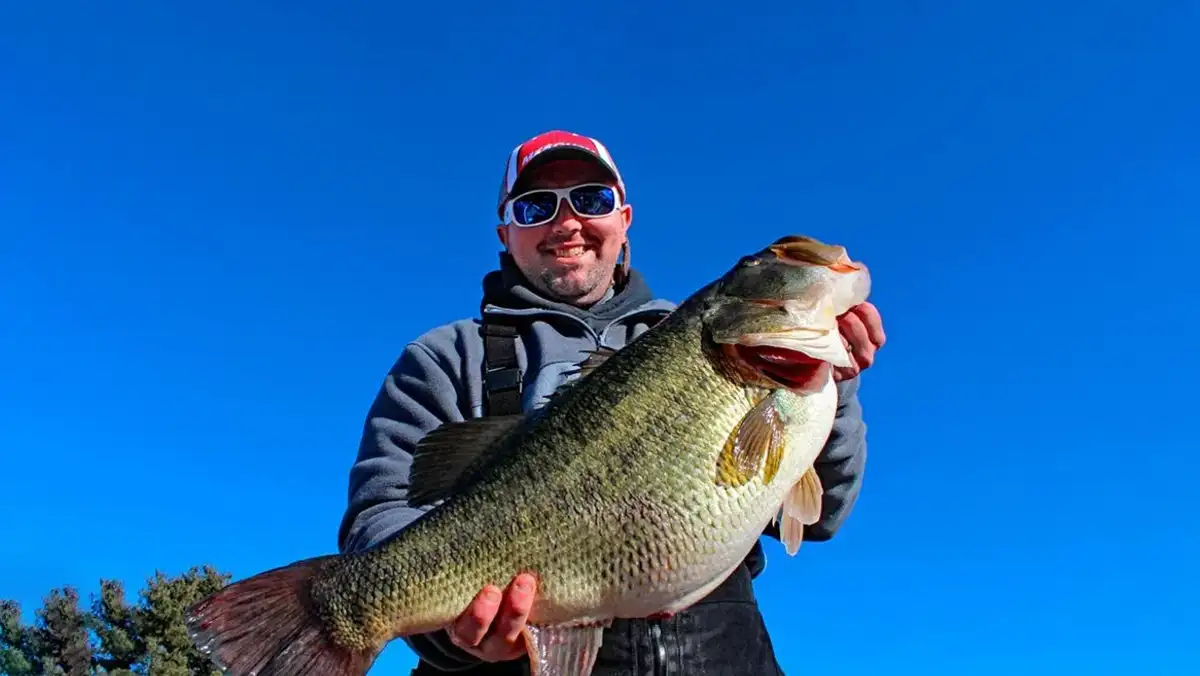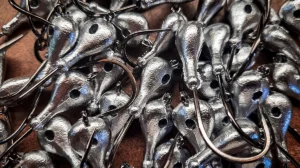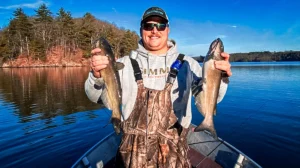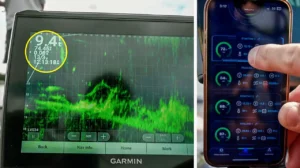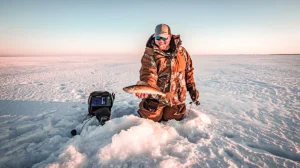Let’s take a look at what causes lakes to ebb and flow in terms of fishing quality and quantity, by examining some of the top bass fisheries in America.
Bass fishing is one of the most favored pastimes for a host of anglers, new and seasoned alike, from coast to coast and border to border. There are bass in all 48 contiguous states in the US; there are even some in Hawaii. Alaska is the only state that doesn’t have any. So bass provide for plentiful fishing opportunities across the nation.
However a few states stand out as some of the best places to bass fish. Within those, a select handful of fisheries always seem to stand out as the top places to fish for bass in terms of numbers of quality bass as well as really big bass. However it seems in the last decade that the perennial powerhouses have been supplanted by other fisheries in anglers’ minds. Sure there is an ebb and flow to fisheries, and some will be down for a few years and up a few years.
Which makes for some interesting discussion. It got me wondering what factors influence why some of the best bass fishing lakes go up and down in terms of fishing quality.
WHAT MAKES A QUALITY BASS FISHERY
Some anglers define a good bass fishery as catching lots of fish. Others define it as catching big bass. But I think the telltale sign comes from a mix of both. Catching a good number of quality fish and a big one every so many hours of angling.
But a lot more goes into making a fishery a quality bass fishing destination. Angling pressure, size of the fishery, available forage and cover, defined structure, water clarity, weather patterns and more can make a great fishery more or less challenging in terms of catching numbers and quality of bass.
Angling pressure can sometimes be remedied by “how big a lake fishes.” What I mean by that is a big body of water may only have a select handful of good places to fish, either from lack of available cover or the layout of the fishery. For example when there is a great offshore bite on Kentucky Lake and Pickwick Lake, Kentucky Lake fishes a lot bigger. In other words, there are a lot more good places that fish go and group up. So Pickwick might have 50 good offshore places to catch schools of bass while Kentucky Lake in its prime has 200 places to find schools. So in the ledge fishing scenario, Kentucky fishes bigger.
But then cover can affect it too. Because Guntersville has so much grass and cover, it can fish a lot bigger than Kentucky Lake at times which is typically devoid of offshore grass. There was one point where Kentucky Lake was matted up from one end to the other with grass. But record flooding for several years all but wiped out a good portion of the grass. So when it comes to fish relating to grass, Guntersville can fish way bigger.
But one of the biggest affects on the quality of fishing on a fishery is consistent strong recruitment. In other words, the survival rate of fish spawned every season. When you have several good years of spawns, you typically see really good consistent fishing 3-5 years later. When you have several bad years of spawns, you see a detrimental impact on your fishing because you start having large holes in your year classes, as was the case with Kentucky Lake 5-6 years ago.
A large portion of fish that are spawned don’t make it. Something like 40% won’t make it the first year. This is higher if you have a lack of cover for the fry to hide amongst until they get large enough to fend off predators. So habitat and fertility of a fishery means you can sustain a quality bass population. That is if there is enough food to go around.
A lot of anglers believe you can just stock fish in reservoirs and make them good fisheries. Artificially stocking fish doesn’t answer the problems of competition for food or lack of habitat to sustain recruitment. If you have too much competition for not enough food on an infertile fishery, you will have a population of stunted bass. If you have too little recruitment from a lack of habitat or healthy clean water to sustain phytoplankton and zooplankton, then your fish will not make through the vulnerable period to get large enough to feed on forage.
So there is quite a bit of complexity that goes into having quality bass fisheries. And that’s not even addressing the advances in angling and anglers.
WHAT AFFECTS FISHING QUALITY
I believe fishing quality boils down to its ability to withstand fishing pressure and the overall health of the fishery. If you are having great spawns and the angling pressure isn’t too great, you see boom periods on lakes and rivers. If they angling pressure dramatically increases and you have less good spawns and recruitment, then you will see a lot tougher fishing.
So there is an up and down nature to even the best fisheries because of weather patterns that may affect spawns, increases in angling pressure as the word spreads about good fishing, and changes in habitat from year to year. In fact, I think what we see now is a much faster up and down cycle than what we experienced 10 or 20 years ago because of social media both good and bad. Folks will post tons of catches or big tournaments will shine a spotlight on a fishery and the angling pressure can increase 100 fold in a single season as a result. Where it used to take years for word to get out about how good a certain fishery was fishing, now it happens in days.
But when folks start saying a place is tough or struggling on social media, then the pressure can disappear seemingly overnight as well. So pressure ebbs and flows a lot faster now because of our connectivity to all things in today’s modern world.
I think the best thing you can do for fisheries is help create habitat. And not just habitat to fish. Most of the people that put brush in a lake, do it to hopefully go back and catch a bass off of it later. When what most fisheries need are a lot more efforts to increase cover for spawning recruitment.
My local fisheries manager gets roughly $1,700 a year to put habitat in Kentucky and Barkley lakes combined. That doesn’t go very far when you are talking about fisheries that showcase hundreds of miles of shoreline. Thankfully more fishing companies like AFTCO are offering grants for habitat and fishery projects where materials can be purchased and placed in lakes by fishery managers to enhance spawning recruitment.
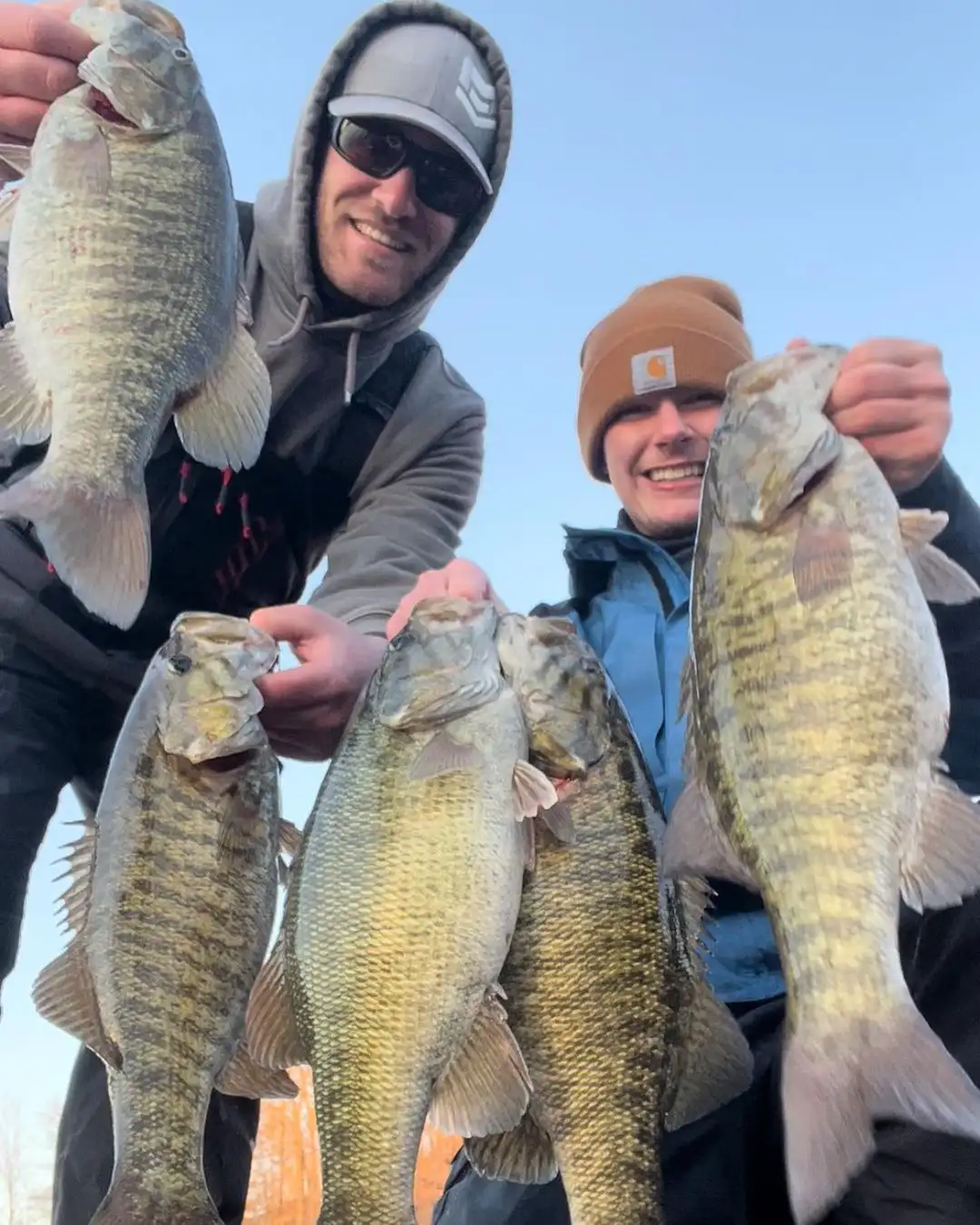
FISHERIES ON THE RISE (OR FALL)
There are several examples both positive and negative showcasing the rise and fall of the historically top bass fisheries. So I thought I’d give a few examples of the ones I’ve experienced as well as some of the ones now that most good bass anglers have been following lately.
Texas has some of the best bass fisheries in the country. Perennial favorites like Sam Rayburn and Toledo Bend have seen a fair share of heydays over the years. As has the big bass capital of the world, Lake Fork. More Toyota ShareLunkers have come out of Lake Fork than any other fishery in Texas. But Lake Fork does not receive the attention it did in the late 90s and early 2000s. That’s partially due to the fact that there are a lot of great lakes in Texas. But its also due to the fact that another lake has stolen part of its shine.
O.H. Ivie is a 19,000-acre lake in central Texas about an hour east of San Angelo. It’s nestled in a dry, arid part of Texas and the lake seems fairly small and featureless compared to some of the famed fisheries in Texas at first glance. The lake has quite a bit of offshore structure under the surface and the water clarity shows clear throughout most of the lake.
The lake has about 70% Florida strain genetics in its bass population. Built in 1990, the water level had been down for many years. But in 2018, the lake got a tremendous amount of rain that flooded all the brush and added 35 feet of water to the fishery, giving all those big bass a virtual underwater forrest to thrive and grow. The result has been a crazy boom period over the last several years. O.H. Ivie has produced something like 40 bass weighing more than 13 pounds, with the biggest being a 17-pounder caught in 2022.
The lake has been hot and gotten a ton of attention. It’s not a very big lake and it actually fishes very small at many points throughout the year. So it’s not a fishery built to sustain a massive amount of pressure. It fishes small because many bass roam in open water and relate to just a handful of offshore locations. But it’s still become one of the best bets to catch a bass weighing more than 10 pounds. And part of that explosion in popularity is because technologies like forward-facing sonar have made it possible to target huge suspending bass out in the middle of nowhere on that lake.
Toledo Bend was another of the best lakes in America several years back, and then it went through a down cycle where a lot of pressure knocked back the big fish population. But it has cycled back and the fishing is seeing a great rise. This is similar to the cycles we’ve seen on Fork, Rayburn and others. A lake gets hot, lots of big fish get caught, word gets out and then it cycles down.
Out west we saw similar meteoric booms from fisheries like Clear Lake and the California Delta. And we’ve seen a fair share of down cycles as well with the those fisheries. And smaller fisheries like Bullard’s Bar had flashes of brilliance as well with the boom of record spotted bass in those fisheries in the mid 2000s.
Kentucky Lake experienced a similar down cycle in recent years. While many from the outside looking in blamed it on the high population of Asian carp in this part of the Tennessee River system, it was actually due to several years of tough bass spawns and a downturn in the forage base compounded by the last huge wave of carp into the system in 2015. But the lake is cycling back in a big way now. The smallmouth population exploded and now limits of smallmouth win tournaments on the regular. In fact 2024 was the best smallmouth spawn the Kentucky Department of Fish and Wildlife has seen on the lake since they have been tracking it. And that’s following good spawns in previous years. So the prediction is the smallmouth population is going to boom for a while.
Meanwhile the largemouth population is cycling back stronger every year after several good spawns from 2017 and on. It takes a largemouth around 4.5 years to get to keeper size on Kentucky Lake. So our good spawns in 2018 and 2019 are just starting to show up in our population. I predict Kentucky Lake in the next few years will be one of the best lakes in the country and one of the few places where you will have 25 pound bags with smallmouth and largemouth bass mixed in.
Guntersville is another TVA fishery that has experienced rising and falling fishing quality over the years. It feels like Guntersville is experiencing an upward trend again after a few years of tough fishing back a few years ago. It went through a boom period in the 2000s as well and has been a top destination for bass fishing on and off for two decades. It has had periods of grass booms and disappearing grass and then changes in the makeup of the grass with a lot more eel grass carpeting the fishery these days where it used to be almost exclusively hydrilla and milfoil.
Probably the biggest takeaway from this all is that when one fishery starts to struggle, another rises up to take the pressure and brunt of the attention. And then it seems that lack of attention on a previous star fishery gives the falling fishery time to recover and rise again. Long story short, the great fisheries seem to cycle and recover as the angling attention shifts from lake to lake.



